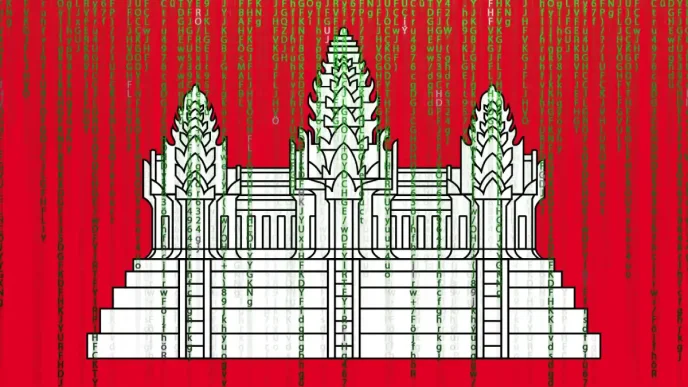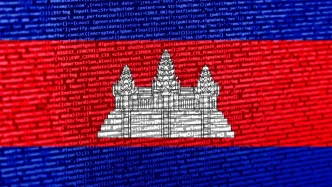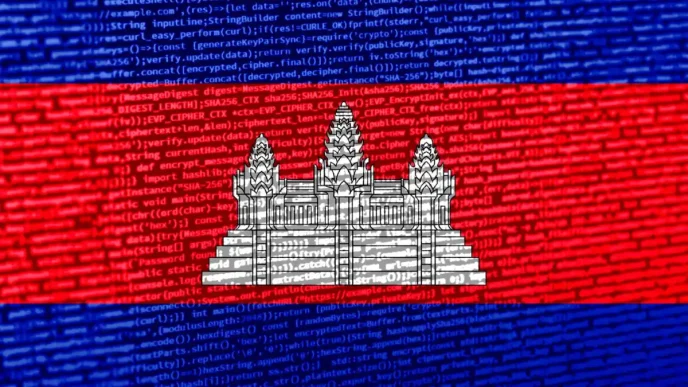In a harrowing tale of exploitation and desperation, thousands of individuals, including hundreds of Filipinos, find themselves ensnared in a web of human trafficking and online fraud across South East Asia. Lured by promises of lucrative jobs, many are trafficked to scam centers in Myanmar, often via Thailand, where they are forced to perpetrate internet scams under brutal conditions. As of January 2025, the Civil Society Network for Victim Assistance in Human Trafficking estimates that over 6,000 victims from 21 countries are trapped in such operations, with half hailing from China and a significant number from the Philippines.
This issue, which intertwines organized crime with geopolitical tensions, has drawn increasing attention as Thai authorities intensify efforts to disrupt these illicit networks through sanctions and border crackdowns. Yet, for the victims—many of whom are coerced, abused, and held against their will—the road to freedom remains fraught with danger and uncertainty.
A Desperate Journey
The stories of individuals like Paul, Boyet, and Linda (names changed to protect their identities) reveal the human cost of this transnational crime. Paul, a 27-year-old IT dropout from the Philippines, lost his job when President Ferdinand Marcos Jr. banned Philippine Offshore Gaming Operators (POGOs) in late 2024. Facing unemployment, he stumbled upon a job offer on Telegram promising a high salary in Thailand. With no placement fee required, the opportunity seemed too good to pass up.
Similarly, Boyet and Linda, a couple who previously worked as overseas Filipino workers (OFWs) in Saudi Arabia and the UAE, found themselves jobless after their employer failed to pay their salaries. Recruited by a woman named Mikaela, who reportedly moved freely between the UAE, Thailand, and the Philippines, they too accepted a job offer as customer service representatives in Thailand.
What followed was a descent into a nightmare. Paul and his companions were smuggled out of the Philippines through a “backdoor” route via Balabac Island in Palawan to Sabah, Malaysia, in a process known as “chop chop,” where passports are stamped but no official immigration records exist. After a circuitous journey through Malaysia and southern Thailand, they arrived in Bangkok. Boyet and Linda, meanwhile, were flown directly from the UAE to Bangkok on 1 August 2024.
Their destinations, however, were not legitimate workplaces but scam centers in Myanmar, often located in areas like KK Park in Shwe Koko, near the border town of Myawaddy. These complexes, known collectively as hubs of internet fraud and human trafficking, exploit vulnerable individuals to run sophisticated scams targeting unsuspecting victims worldwide.
The Mechanics of Deception
Once inside these scam centers, victims are forced to engage in various fraudulent schemes, including dating scams, gambling fraud, and investment cons. Workers, often posing as European or Asian women using stolen identities from social media, build fake relationships with targets—ranging from bankers to retirees—before convincing them to invest in cryptocurrency or other schemes. Funds are typically transferred as USDT (a cryptocurrency pegged to the US dollar) to digital wallets on platforms mimicking legitimate financial markets.
Boyet described the roles within these operations, noting that workers act as both “finders,” who identify potential victims on social media platforms like X, and “chatters,” who engage with targets to build trust. If a worker successfully lures an investor, they receive a financial reward. When clients request video calls, deepfake technology or coerced individuals are used to maintain the illusion.
The conditions within these centers are dire. Victims face physical abuse, beatings, and even being sold to other companies if they fail to meet quotas. Paul, who eventually escaped, recounted paying 270,000 Philippine pesos (approximately £3,800) for his release, only to be sold to another operation. Boyet and Linda, laid off in early January 2025 after opting to pay $1,500 each for their freedom, described armed guards and an environment where escape seemed impossible.
Escape and Rescue Efforts
Paul’s escape on 6 February 2025 stands as a testament to resilience. With assistance from Colonel Dominador Matalang, the police attaché at the Philippine Embassy in Thailand, Paul navigated a perilous route using Google Maps, walking through farms and crossing the Moei River back into Thailand. Boyet and Linda, reaching Thailand on 31 January, were also identified as human trafficking victims (HTVs) under Thailand’s National Referral Mechanism (NRM).
Under the NRM, potential victims undergo interviews to determine eligibility for protection. If identified as HTVs, they are transferred to shelters for counseling—women to Pitsanulok and men to Chiang Rai—while Thai authorities coordinate with embassies for repatriation. Those not qualifying face detention, fines, and deportation. Currently, Paul, Boyet, and Linda are in a shelter in Chiang Rai, undergoing counseling as part of their recovery process.
Yet, many remain trapped. Colonel Matalang estimates that around 500 Filipinos are still held in scam centers in Myanmar, part of the broader 6,000 victims from across the globe. The scale of the crisis has prompted action from Thai authorities, who, since late January 2025, have imposed sanctions on Myawaddy and other border regions, cutting off power, fuel, and internet to disrupt scam operations. According to a Bangkok Post report, crackdowns on fuel and solar panel smuggling to these areas are also underway.
Geopolitical and Legal Challenges
The proliferation of scam centers in Myanmar, particularly in regions like Myawaddy near the Thai border, is compounded by the country’s ongoing political instability following the 2021 military coup. These areas, often controlled by armed groups or militias, operate with little oversight, creating fertile ground for organized crime. Thailand’s sanctions and border measures, while a step forward, face logistical and diplomatic hurdles in fully dismantling these networks.
From a legal perspective, the trafficking routes expose vulnerabilities in immigration systems across the region. Paul and others reported complicity among some immigration officials at Ninoy Aquino International Airport (NAIA) in Manila, who allegedly facilitated illegal exits without proper documentation checks. Such claims, if confirmed, point to systemic issues that enable trafficking networks to thrive. However, no concrete evidence has yet substantiated these allegations, and investigations are ongoing.
For the Philippines, the issue is both a domestic and international concern. The ban on POGOs, intended to curb illegal activities, has inadvertently pushed vulnerable workers like Paul into the hands of traffickers. Meanwhile, the government faces pressure to enhance protections for OFWs and strengthen anti-trafficking measures in collaboration with regional partners.
The plight of trafficked Filipinos and others in Myanmar’s scam centers underscores a broader crisis of human trafficking and cybercrime in South East Asia. While Thai sanctions and rescue efforts offer hope, the scale of the problem—6,000 victims from 21 countries—demands a coordinated international response. Governments, NGOs, and tech platforms must work together to disrupt trafficking networks, regulate online recruitment channels, and hold complicit officials accountable.
For those like Paul, Boyet, and Linda, who have endured unimaginable hardship, the journey to recovery is just beginning. Their stories serve as a stark reminder of the human toll behind online scams and the urgent need to protect the region’s most vulnerable. As Thai authorities tighten their grip on Myawaddy, the remaining victims hold onto hope that freedom is within reach—but for many, it remains a distant dream.














